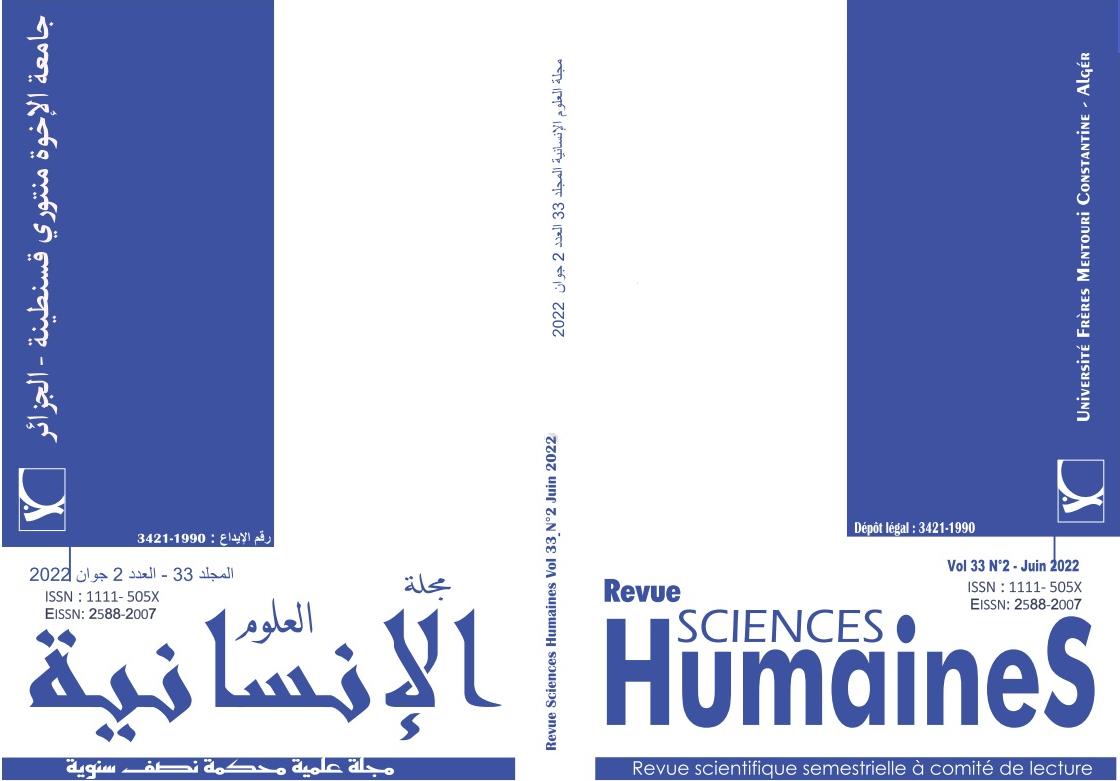Taking care of children with ASD by using Treatment and Education of Autistic and related Communication handicapped Children (TEACCH)
as a model an analysis of previous studies
Keywords:
Education, Treatment, TEACCH program, ASD, communication disabilityAbstract
The TEACCH is among the most widely used programs in the world, the main objective of this article is to increase knowledge about the importance of TEACCH program, and to reveal its advantages and the points it focuses on in improving some of the behaviors of children with ASD and those who have communication disabilities, the question was started from what is the importance of TEACCH and its role in developing the skills of people with autism and those related to communication disabilities, the descriptive approach was relied on, through a review of several previous studies, on a sample of children with ASD, the results were to prove that the TEACCH approach has the ability to provide appropriate education for children with ASD, developing functional skills, communicative functioning, motor skills , visual coordination and other important skills, as it turns out that this program is also characterized by flexibility.
Downloads
References
Amaral, D., Geschwind, D., & Dawson, G. (Eds.). (2011). Autism Spectrum Disorders (1 edition, 1 edition) [Computer software]. Oxford University Press.
APA, A. P. (2015). APA Dictionary of Psychology. American Psychological Association.
Boyd, B. A., Hume, K., McBee, M. T., Alessandri, M., Gutierrez, A., Johnson, L., Sperry, L., & Odom, S. L. (2014). Comparative Efficacy of LEAP, TEACCH and Non-Model-Specific Special Education Programs for Preschoolers with Autism Spectrum Disorders. Journal of Autism and Developmental Disorders, 44(2), 366–380. https://doi.org/10.1007/s10803-013-1877-9
D’Elia, L., Valeri, G., Sonnino, F., Fontana, I., Mammone, A., & Vicari, S. (2014). A Longitudinal Study of the Teacch Program in Different Settings: The Potential Benefits of Low Intensity Intervention in Preschool Children with Autism Spectrum Disorder. Journal of Autism and Developmental Disorders, 44(3), 615–626. https://doi.org/10.1007/s10803-013-1911-y
Frith, U. (2008). Autism: A Very Short Introduction (1st edition, 1st edition) [Computer software]. Oxford University Press.
Panerai, S., Ferrante, L., & Zingale, M. (2002). Benefits of the Treatment and Education of Autistic and Communication Handicapped Children (TEACCH) programme as compared with a non-specific approach. Journal of Intellectual Disability Research: JIDR, 46(Pt 4), 318–327. https://doi.org/10.1046/j.1365-2788.2002.00388.x
Rogé, B. (2008). Autisme, comprendre et agir - 2e éd.: Santé, éducation, insertion. Dunod.
Rossi, G. (2007). Implementing TEACCH educational intervention principles and communication strategies for persons with autism. Revista de Logopedia, Foniatría y Audiología, 27(4), 173–185. https://doi.org/10.1016/S0214-4603(07)70086-4
Siu, A. M. H., Lin, Z., & Chung, J. (2019). An evaluation of the TEACCH approach for teaching functional skills to adults with autism spectrum disorders and intellectual disabilities. Research in Developmental Disabilities, 90, 14–21. https://doi.org/10.1016/j.ridd.2019.04.006
Autism Rates by Countries Population. (2019), retrieved from http://worldpopulationreview.com/countries/autism-rates-by-country/
Downloads
Published
How to Cite
Issue
Section
License

This work is licensed under a Creative Commons Attribution-NonCommercial-NoDerivatives 4.0 International License.
















